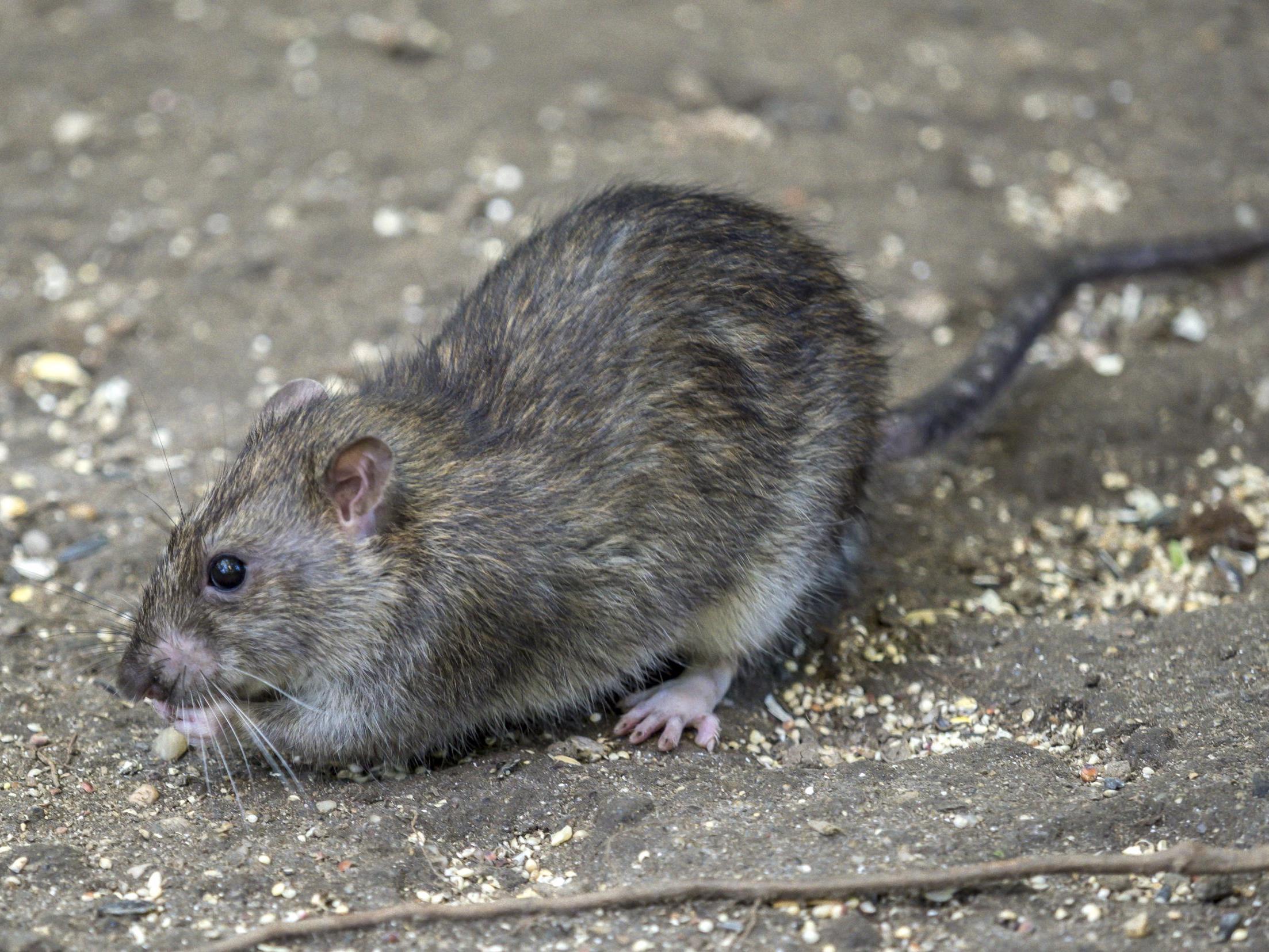The Independent's journalism is supported by our readers. When you purchase through links on our site, we may earn commission.
New York rats feel pressure of city living and evolve to mimic human habits
Animals evolving to adapt to urban environments

Urban rats are affected by the pressures of city living in ways similar to humans, a study has found.
Like their human neighbours, rats living in higher densities in cities such as New York are more exposed to disease and health problems due to urban human diets and pollution.
Researchers identified dozens of genes correlated to diet, behaviour and movement that may have allowed rats in New York to thrive in the city environment.
Lead author Arbel Harpak, a population geneticist at Columbia University, told science journal Nature: “As both an evolutionary biologist and a New Yorker, I can’t help but be amazed by the ways that rats have adapted to urban environments.”
The study collected nearly 400 common brown rats from across the city and sequenced the full genomes of 29 rats to compare them with previously sequenced genomes of rats from rural northeast China, where the rodents originate.
It was found that a number of genes showed signs of going through a “selective sweep”, an evolutionary process where beneficial mutations increase in frequency to the point it becomes fixed in a population.
An example of selective sweep taking place in humans is the distribution of the gene that allows humans to digest milk as adults, thus avoiding lactose intolerance.
Mr Harpak explained: “Compared with a sample from the presumed ancestral range of brown rats in rural northeast China, many of the NYC candidate loci show divergence patterns consistent with a sweep occurring after the split from the ancestral population (so in the last few hundreds of years).”
“Perhaps the most striking commonality between urban humans and rats is their diet… Today, the human urban diet contains an increasingly large proportion of highly processed sugars and fats that lead to a number of public health concerns,” the researchers wrote in the study.
“Some of these health concerns could conceivably apply to rats as well.”
They also pointed out mosquito species in urban areas feed on both rats and humans, which could suggest “a novel, shared disease exposure in cities”.
“Because rats live and feed in closer proximity to urban humans than most other mammals, insights into their evolution and adaptation can directly impact humans,” the study concluded.
Join our commenting forum
Join thought-provoking conversations, follow other Independent readers and see their replies
Comments